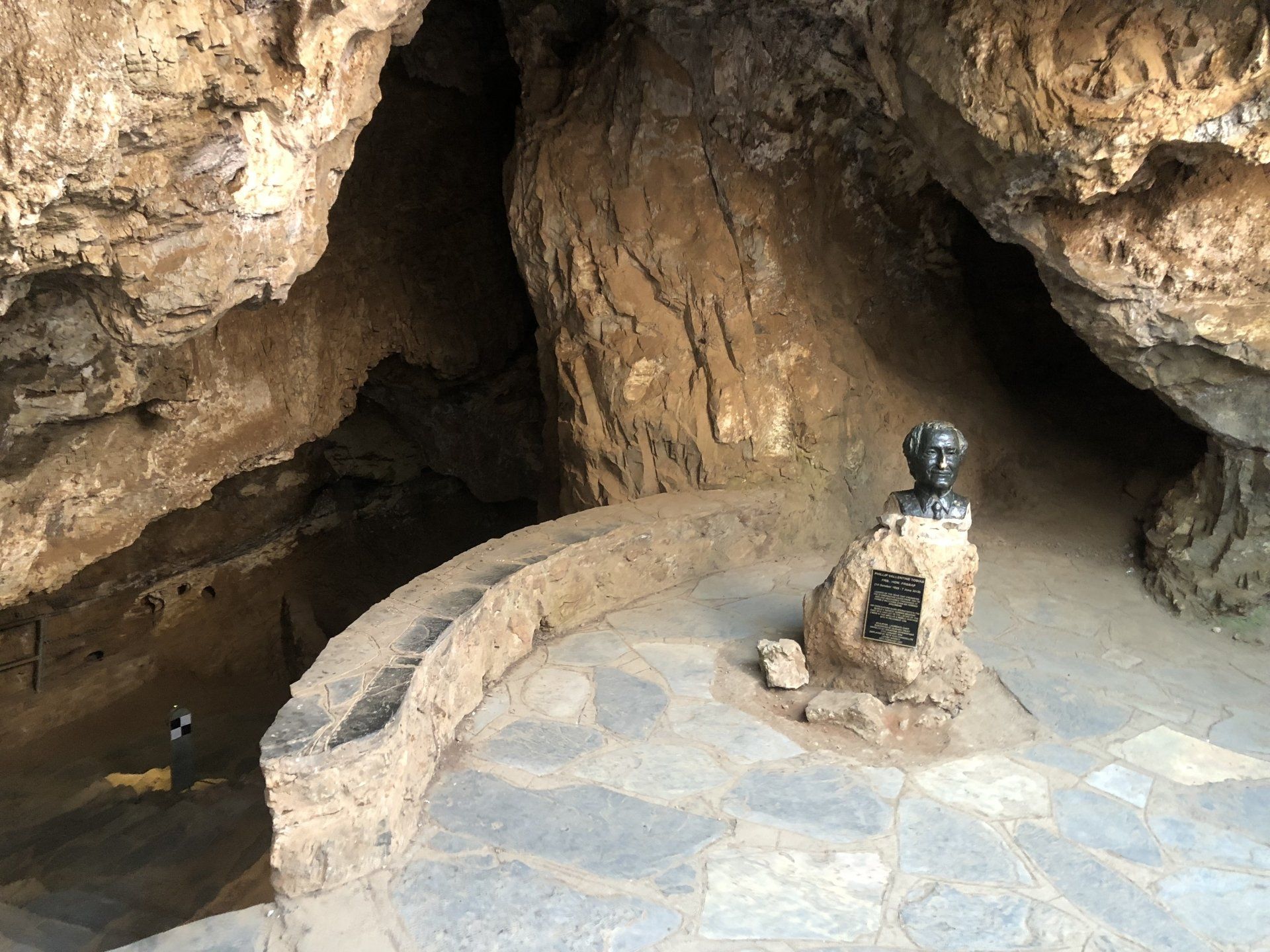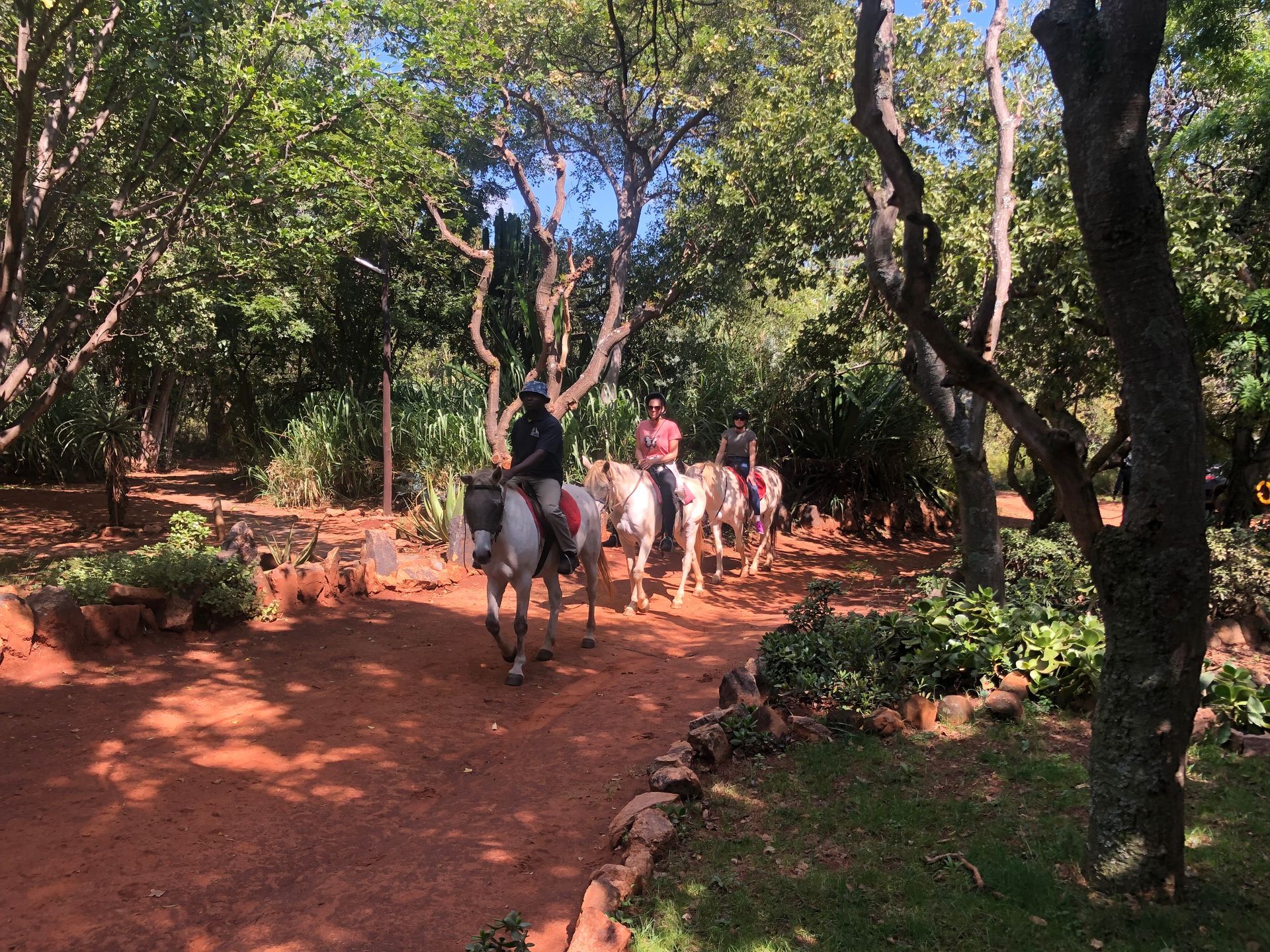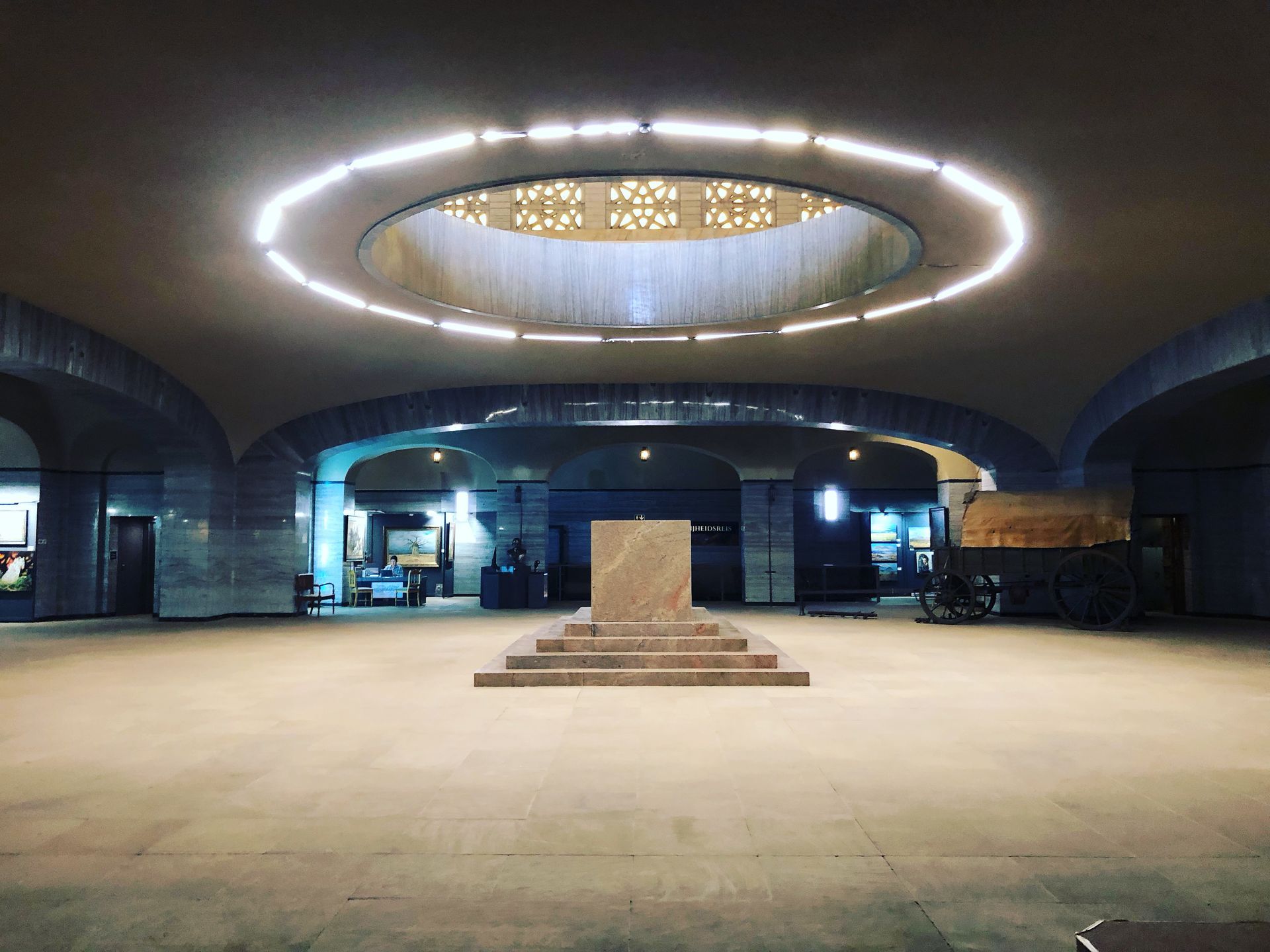Cradle of Humankind Tour
Visit the famous Cradle of Humankind and also experience a Lion Safari
The Cradle of humankind is one place that travelers should not skip on their journey. What better than to go on a full day Cradle of Humankind tour and see these sites. Also an added bonus will be the Lion Safari! A one hour open vehicle safari through the Lion enclosures will show you the king of the jungle. The Lion. Onwards you will experience a one hour underground cave tour followed by a visit to the world class Maropeng Exhibition Centre.
The Cradle of Humankind is a UNESCO World Heritage Site located in the Gauteng Province of South Africa. It is an area of 47,000 hectares that contains a complex of limestone caves where many important discoveries have been made, including the fossils of some of the earliest known hominids. The Cradle of Humankind is one of the most important sites for the study of human evolution and is a popular destination for tourists and researchers alike.
History of the Cradle of Humankind
The Cradle of Humankind is a relatively new discovery in the world of paleoanthropology. It was only in the late 19th and early 20th centuries that the first significant discoveries of early hominids were made in the area. The first important find was made in 1936, when a schoolboy named Gert Terblanche stumbled upon a hominid fossil in a cave near the town of Krugersdorp. This find was later identified as the remains of Paranthropus robustus, a species that lived in the area between 2 and 1.5 million years ago.
The Cradle of Humankind continued to yield important discoveries throughout the 20th century. In the 1940s and 1950s, a team led by Robert Broom made a number of important discoveries, including the fossilized remains of Australopithecus africanus, a species that lived in the area between 3 and 2 million years ago.
In 1997, the Cradle of Humankind was declared a UNESCO World Heritage Site in recognition of its importance to the study of human evolution.
The Fossils of the Cradle of Humankind
The Cradle of Humankind contains a complex of limestone caves that have preserved many important fossils of early hominids. Some of the most important finds include:
- Australopithecus africanus: This species lived in the area between 3 and 2 million years ago and is one of the most important early hominids. Fossils of Australopithecus africanus have been found at several sites in the Cradle of Humankind, including the Sterkfontein and Swartkrans caves.
- Paranthropus robustus: This species lived in the area between 2 and 1.5 million years ago and is known for its large, robust skull and powerful jaw. Fossils of Paranthropus robustus have been found at several sites in the Cradle of Humankind, including the Drimolen and Kromdraai caves.
- Homo naledi: This species was discovered in 2013 and is one of the most important finds in recent years. Fossils of Homo naledi have been found in the Rising Star cave, and the species is thought to have lived in the area between 300,000 and 200,000 years ago.
Visiting the Cradle of Humankind
The Cradle of Humankind is a popular tourist destination, and there are several sites within the area that visitors can visit. Some of the most popular sites include:
- The Sterkfontein Caves: These caves are one of the most important sites for the study of human evolution and contain a large number of fossils of early hominids. Visitors can take a guided tour of the caves and learn about the history of human evolution.
- The Maropeng Visitor Centre: This centre is dedicated to the history of human evolution and contains a number of interactive exhibits that are designed to educate visitors about the history of life on Earth.
-










